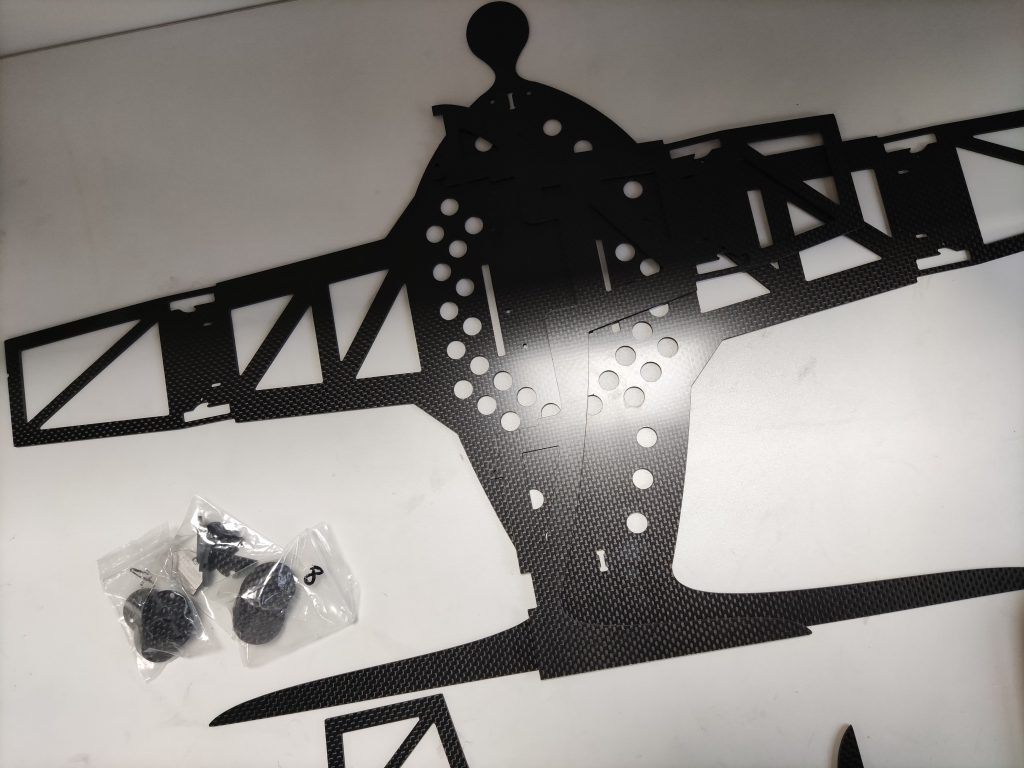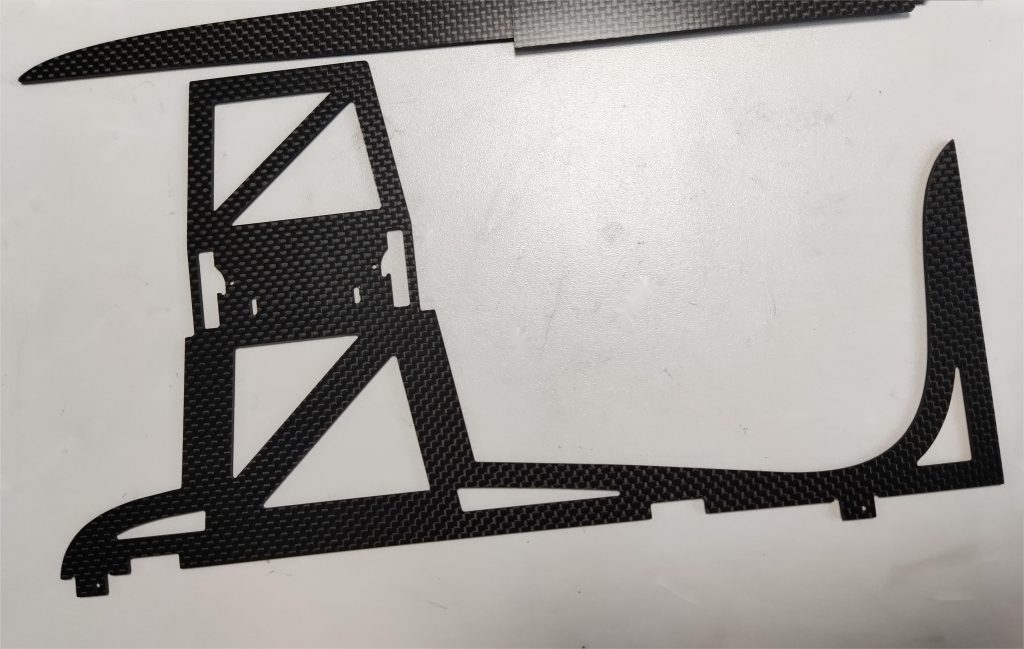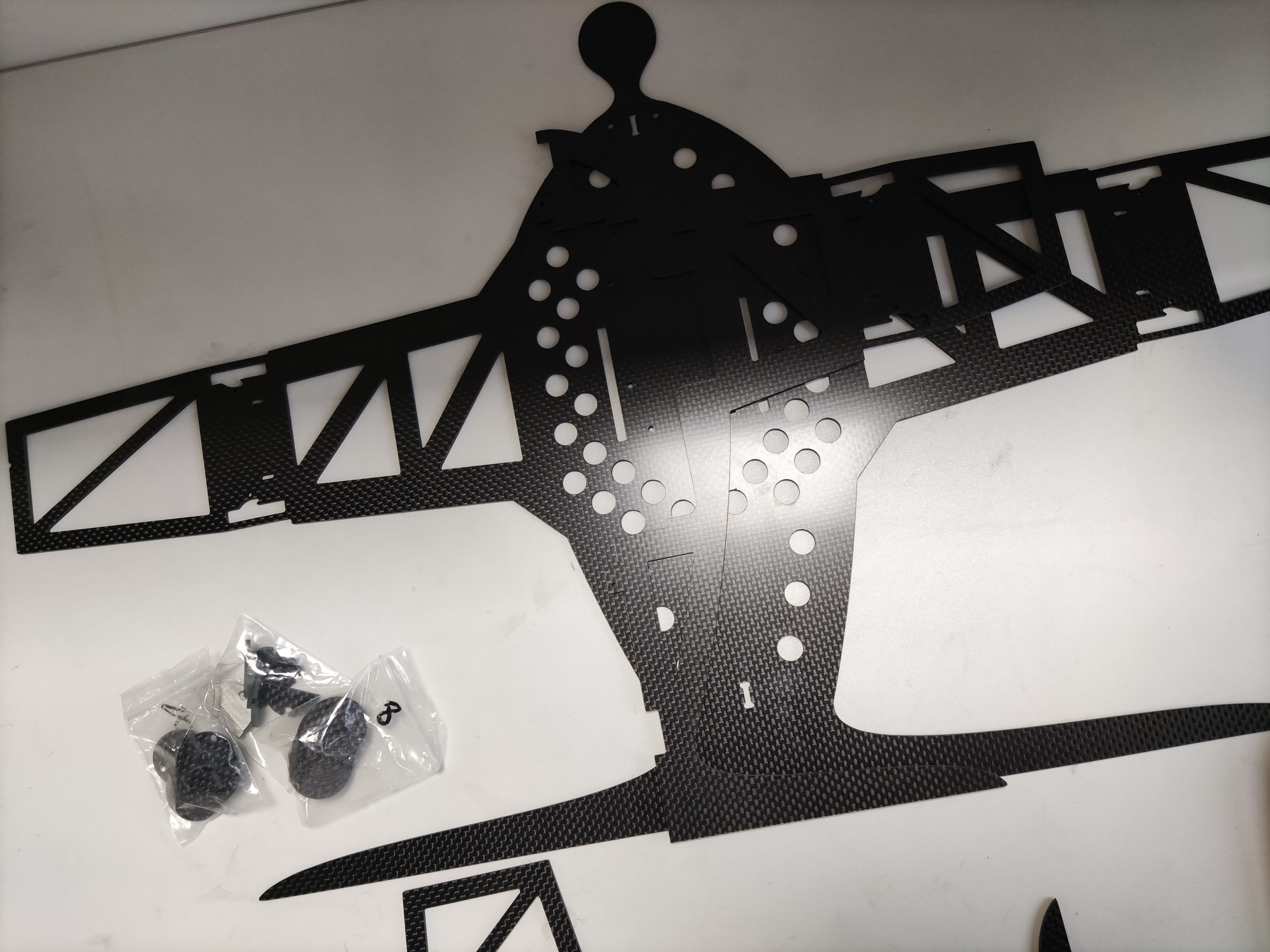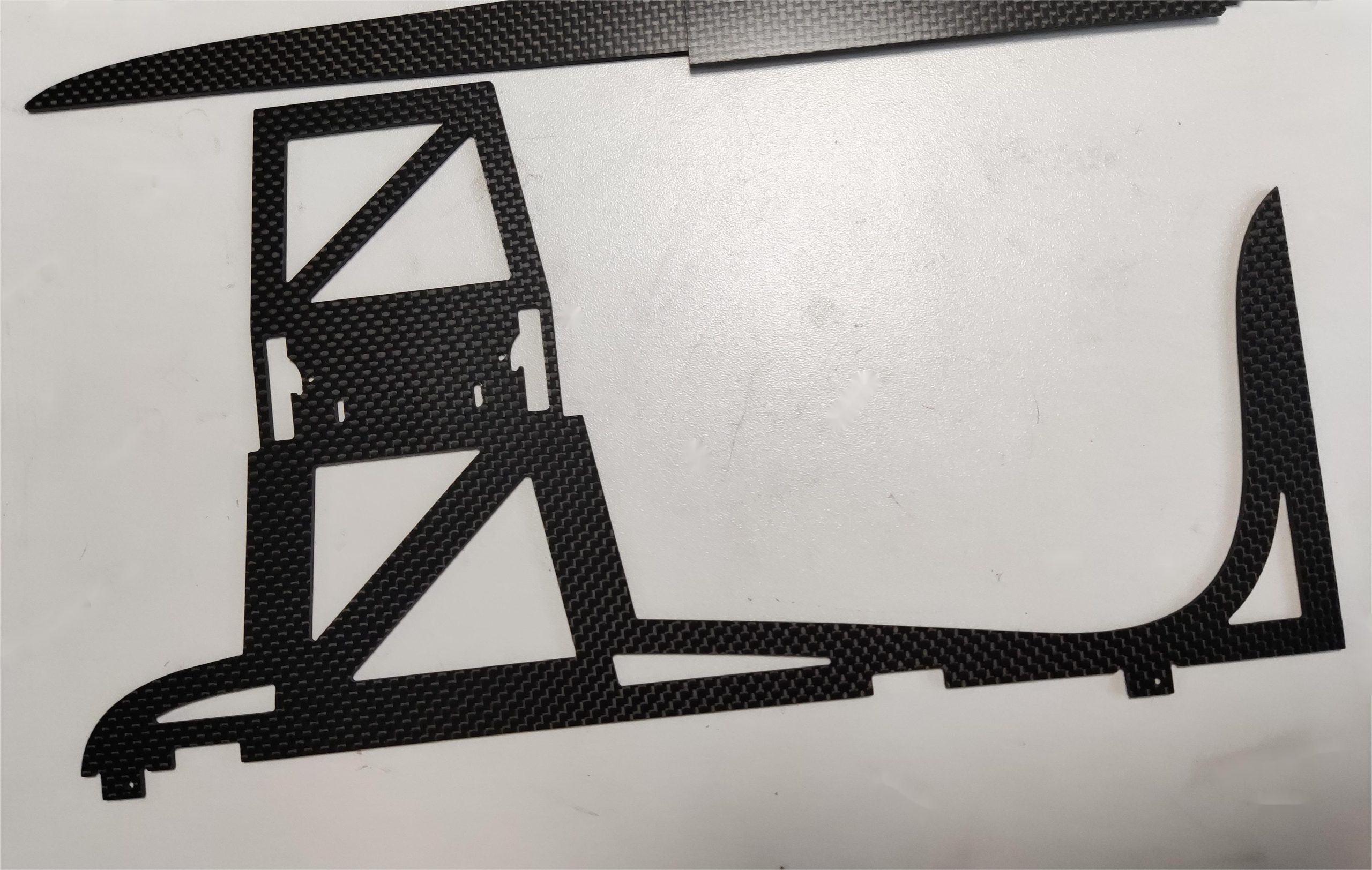CNC Machining Carbon Fibre Plates
- Material: carbon fiber plate 3K, plain, 90°(matte black)
- Size: 2*299*159 mm, 300*205*2 mm,347*600*2 mm
- Process: CNC milling
- Surface treatment: None
What Are the Advantages of Using CNC for Carbon Fiber Machining?
- High Precision and Repeatability: CNC machines are computer-controlled, allowing for incredibly precise cuts and features on your carbon fiber plate. This precision ensures parts are exactly to your specifications, and every subsequent part machined from the same program will be identical.
- Clean Cuts and Minimal Material Waste: CNC machining utilizes specialized cutting tools that create clean edges with minimal dust and debris. This reduces the risk of fiber fraying or delamination (separation of layers) in the carbon fiber. Additionally, CNC programming allows for optimized toolpaths that minimize material waste during the machining process.
- Complex Designs and Intricate Features: CNC machining excels at creating complex geometries and intricate features on carbon fiber plates. It can handle tight curves, small holes, and various shapes with high accuracy, something that would be extremely difficult or impossible to achieve with manual methods.
- Versatility and Automation: CNC machines can handle a variety of carbon fiber plate thicknesses and densities. The computer-controlled process allows for automation, which can significantly improve production speed and consistency, especially for high-volume orders.
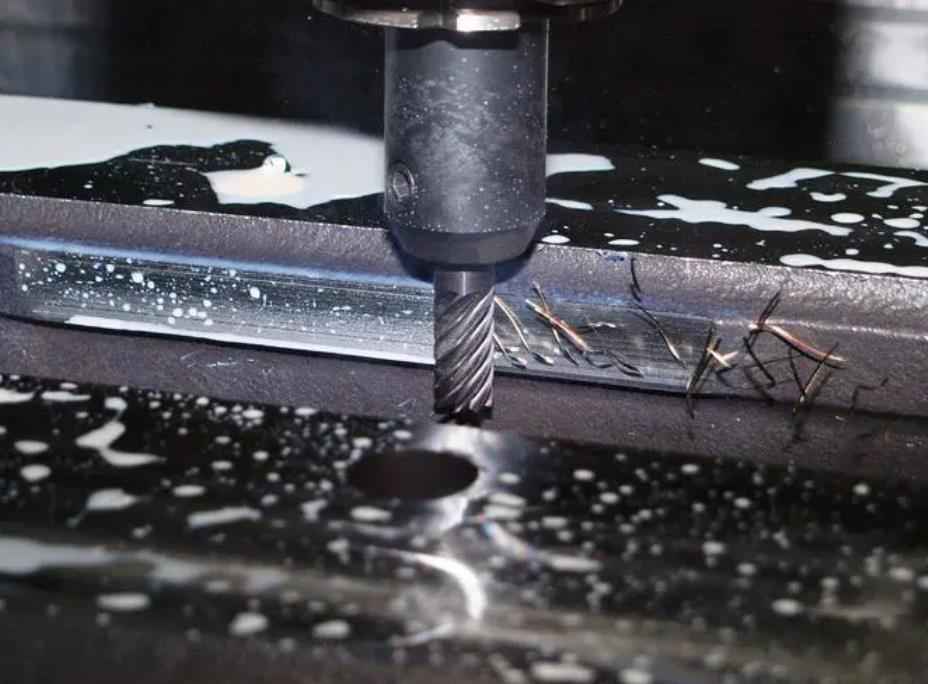
Are There Design Restrictions for CNC Machined Carbon Fiber Parts?
- Minimum Hole/Slot Size: Due to the abrasive nature of carbon fiber and the risk of fiber breakage, there’s a minimum achievable size for holes and slots. This minimum size depends on the specific machining shop and their tooling, but it’s typically in the range of 0.8mm to 1.2mm (0.031″ to 0.047″).
- Minimum Wall Thickness: Similar to holes and slots, there’s a minimum wall thickness for maintaining structural integrity and avoiding delamination during machining. This value can vary depending on the carbon fiber layup and the part’s overall design, but it’s generally around 2mm to 3mm (0.079″ to 0.118″).
- Tool Radius and Corner Details: CNC machining tools have a finite radius, which limits how sharp internal corners can be. Sharp corners are difficult to machine and can lead to stress concentrations in the part. Designers typically use chamfers or fillets (rounded corners) with a radius that matches or is slightly larger than the tool radius being used.
- Part Geometry and Tool Accessibility: The design should allow for proper tool access during machining. Features like undercuts or deep pockets might require special tooling or redesign to ensure all areas can be reached by the cutting tool.
- Distance Between Features: There needs to be sufficient clearance between holes, slots, and other features to allow for tool movement and chip evacuation during machining. The minimum distance will depend on the tool size and the specific features involved.
- Material Layup Considerations: The design should take into account the directionality of the carbon fiber weave (how the fibers are oriented) in the composite. Machining against the grain of the fibers can be more difficult and lead to delamination.
It’s important to consult with your chosen CNC machining shop early in the design process. They can advise on specific limitations based on their capabilities and recommend design optimizations for successful CNC machining of your carbon fiber parts.
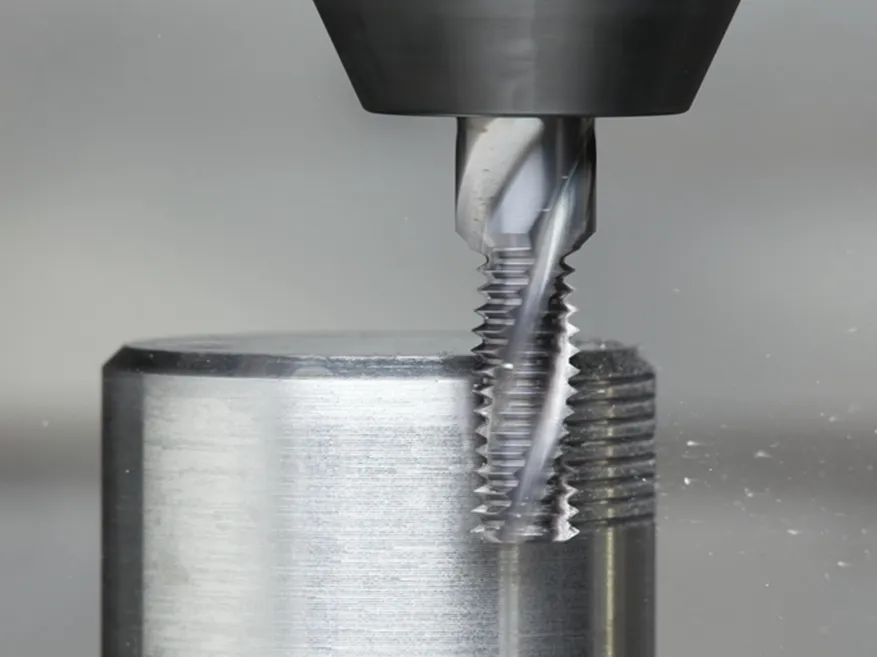
Why choose JTR?
JTR has over 70 precision CNC processing machines of various types, including three-axis, four-axis, and five-axis machining centers, drilling and tapping centers, CNC lathes, and more than ten standard machine tools such as lathes, milling machines, drilling machines, and grinders. The equipment has an annual processing capacity of up to one million items. In terms of testing equipment, our company has high-precision Hexagon CMM three-coordinate detectors, projectors, roughness meters, profilers, pneumatic measuring instruments, as well as other general precision measuring instruments and special inspection tools, to ensure that our products meet the diverse needs of our customers, whether during sample development, trial production, or mass production.


